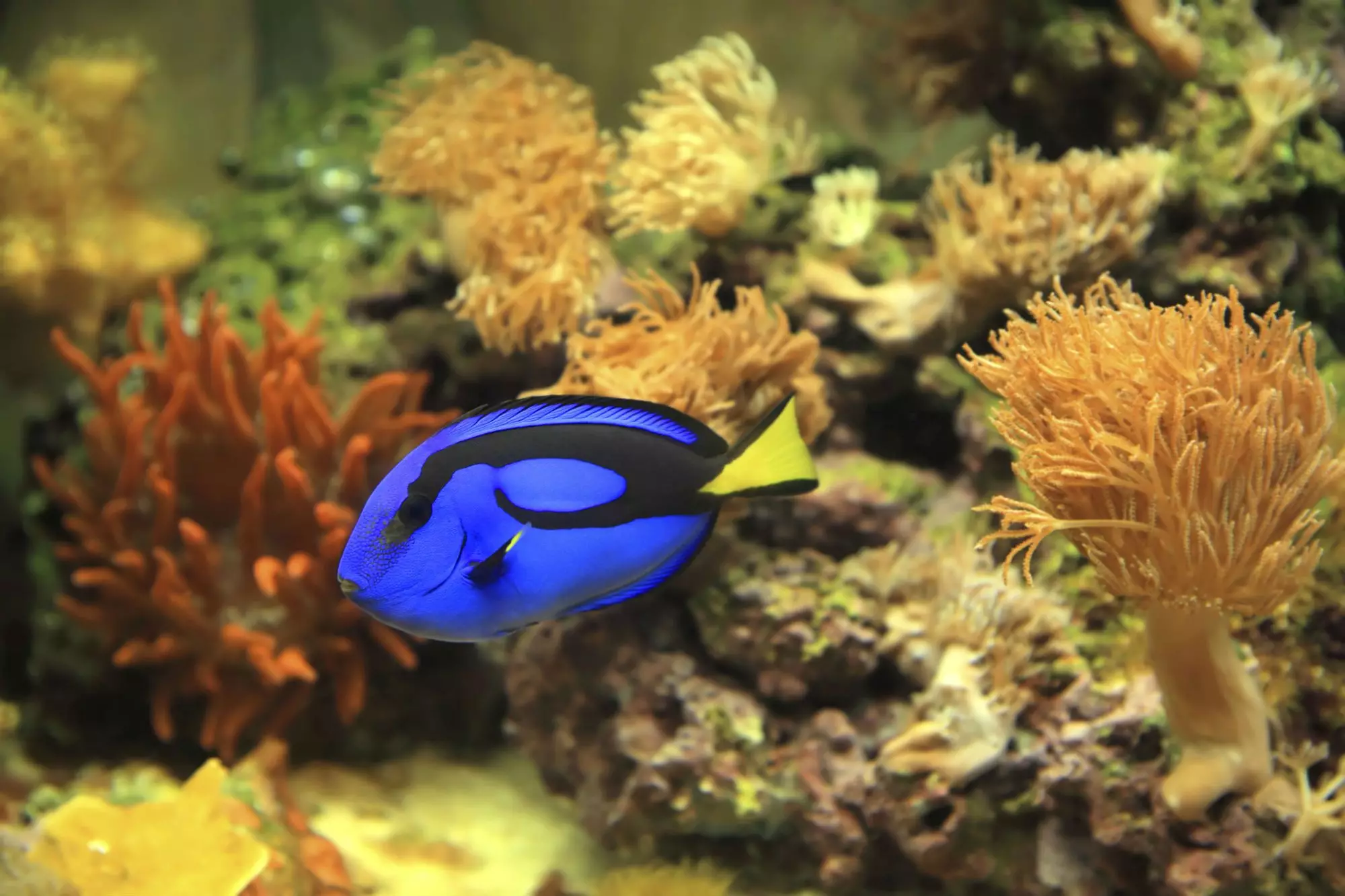Maintaining a saltwater aquarium can be a rewarding endeavor, yet it often comes with its unique challenges, with algae growth frequently leading the list of concerns. Whether it’s the unsightly red slime, brown diatom blooms, or even green hair algae, an aquarium owner must understand the various factors contributing to their proliferation and how to combat them effectively. In this article, we will explore the root causes of excessive algae growth, methods to mitigate these issues, and the importance of maintaining a balanced aquatic environment.
Algae are a natural part of the aquatic ecosystem, playing a significant role in nutrient cycling and providing food for numerous marine organisms. However, excessive growth can indicate an imbalance within the aquarium system. The primary factors influencing algae growth include light intensity, nutrient availability, and water quality.
1. **Light Intensity and Quality**: Algae thrive in environments with high light exposure. However, the specific requirements can vary: green algae may proliferate under excessive lighting, while brown diatoms benefit from lower light conditions. Understanding these preferences is essential for managing lighting appropriately, thus mitigating the risk of unwanted algae.
2. **Nutrient Levels**: A surplus of nutrients, particularly dissolved organic compounds, nitrates, phosphates, and silicates, is a common trigger for algae blooms. These compounds can stem from overfeeding, waste accumulation, or the use of poor-quality salt mixes and water sources. Regular testing of water parameters can help identify excessive levels of these nutrients.
3. **Water Source and Quality**: Utilizing untreated tap water can introduce unwanted chemicals into the aquarium, contributing to nutrient imbalances. High phosphate or nitrate levels in the water can fuel algae growth, making it crucial to use reverse osmosis (RO) or deionized (DI) water for both initial setup and ongoing maintenance.
Once aquarium owners understand the underlying causes of algae growth, they can take several steps to regain control. Here are key measures to consider:
1. **Manual Removal**: Handpicking or siphoning out accumulated algae is often the first line of defense. While this method may provide immediate relief, it should be complemented by systemic changes to prevent recurrence.
2. **Adjusting Light DURATIONS**: Tweaking lighting to suit specific algae types forms a significant part of algae control. For instance, reducing light cycles may benefit tanks suffering from green algae, whereas increasing light duration may help combat brown algae blooms.
3. **Enhancing Water Quality**: Employing protein skimmers can effectively remove excess nutrients from the water, particularly dissolved organic compounds that feed algae. Implementing regular water changes and ensuring efficient filtration can maintain optimal water parameters.
4. **Biological Control through Herbivory**: Introducing algae-eating fish and invertebrates can significantly aid in managing algae levels. Species such as tangs, certain surgeonfishes, and various snails and crabs can help maintain a healthy balance by consuming the unwanted algae.
5. **Cultivating Beneficial Macroalgae**: Encouraging the growth of good macroalgae can outcompete nuisance varieties for light and nutrients. According to prominent aquarists, cultivating certain beneficial algae can limit the growth of more problematic types, establishing a dynamic equilibrium within the aquarium.
Understanding the Role of Chemical Treatments
While some aquarists may be tempted to resort to chemical treatments for algae management, caution is warranted. Many chemical solutions can adversely affect water quality and overall aquatic health. It is essential to monitor water parameters closely when utilizing these products, as decaying algae can lead to spikes in ammonia or nitrite levels—substances toxic to fish and invertebrates.
Engaging in regular maintenance rather than relying solely on chemicals will generally yield better long-term results. Establishing a regimented cleaning schedule, combined with testing water quality and adjusting habits, can maintain a thriving ecosystem.
Managing algae growth in a saltwater aquarium requires a comprehensive understanding of the contributing factors, vigilant maintenance practices, and a healthy balance of the ecosystem. While the presence of algae is a natural part of aquatic life, excessive growth is a signal that adjustments need to be made. By focusing on optimal lighting, water quality, nutrient management, and the introduction of natural grazers, aquarium owners can achieve a balanced environment where algae serves its rightful place without becoming a nuisance. With diligence and care, a thriving aquarium that supports both fish and invertebrate health is achievable.


Leave a Reply